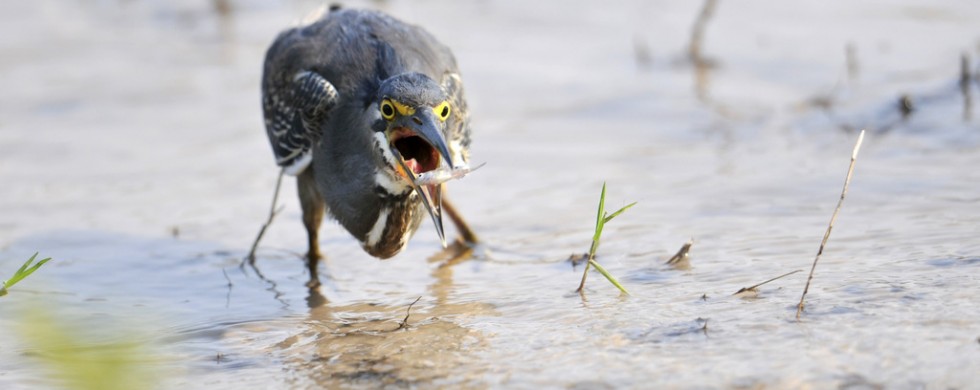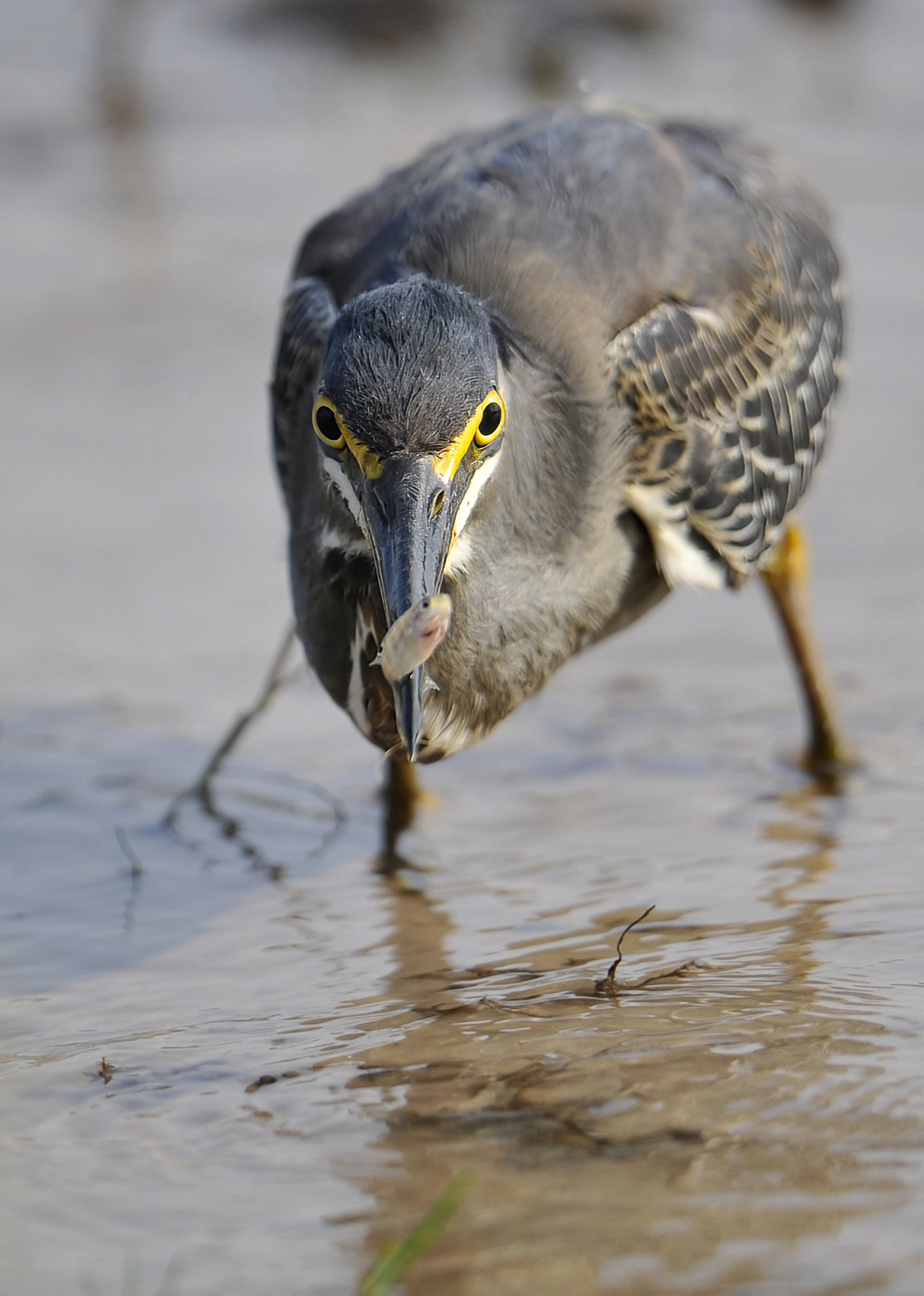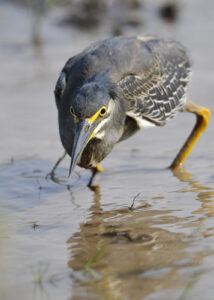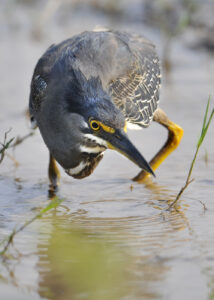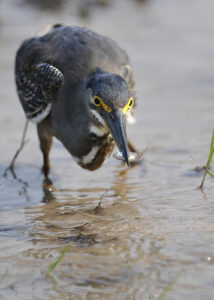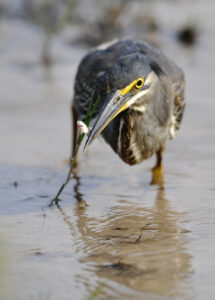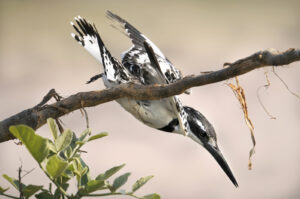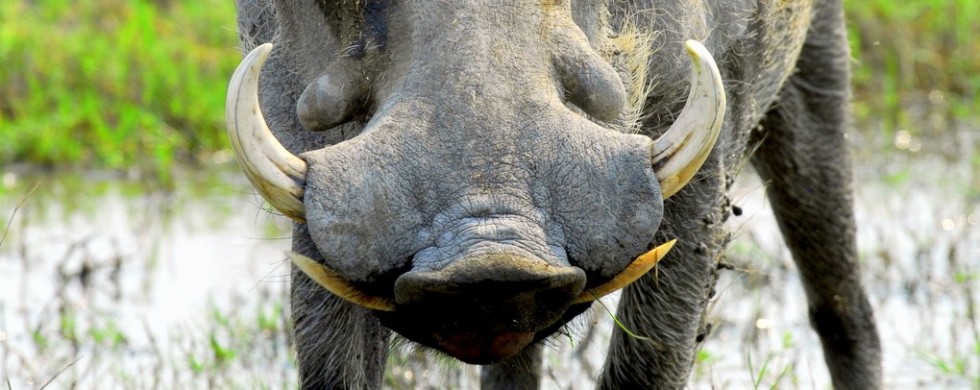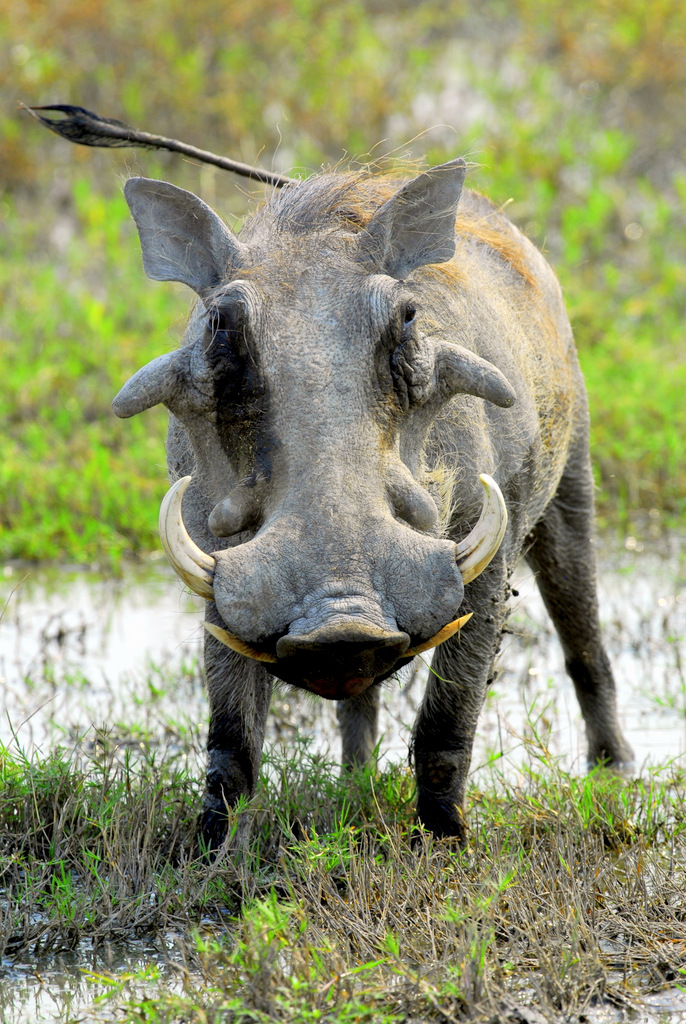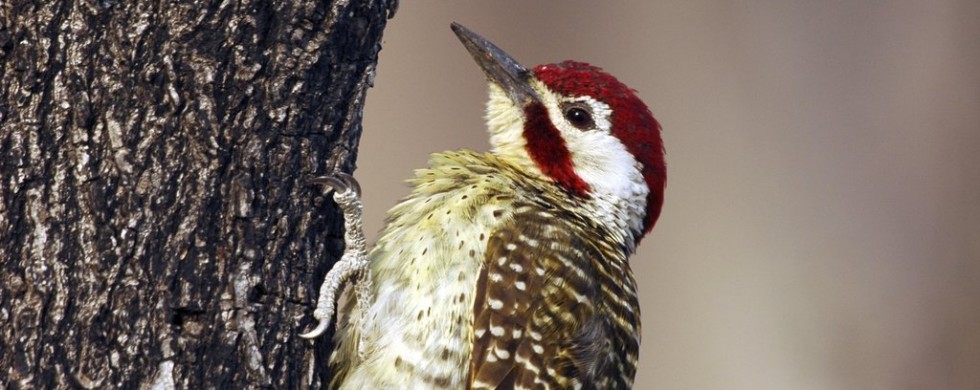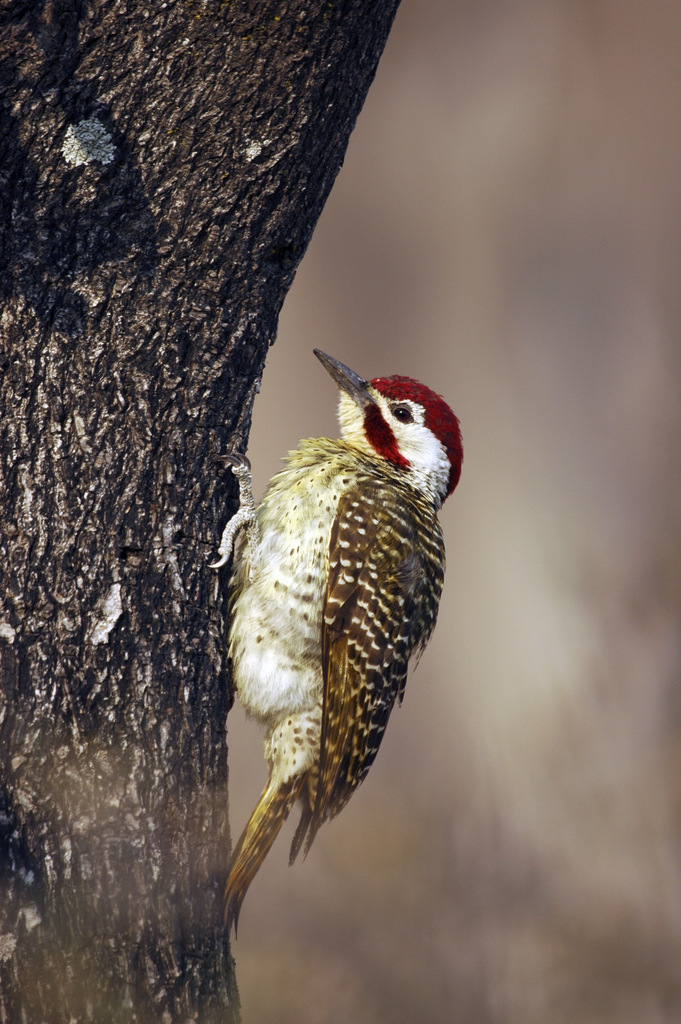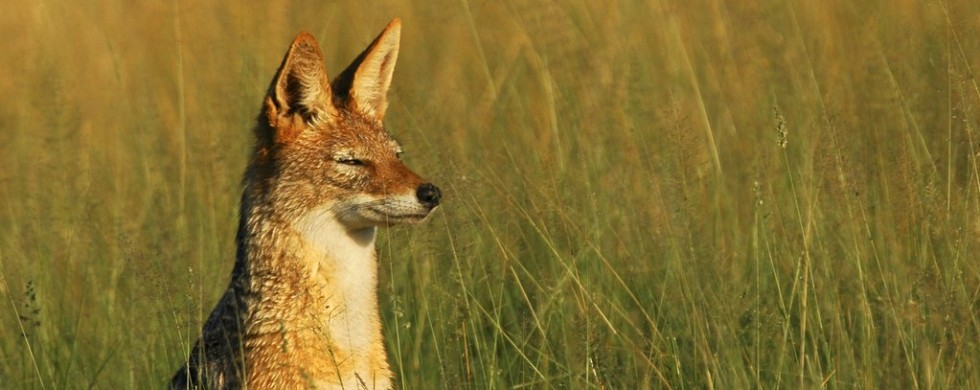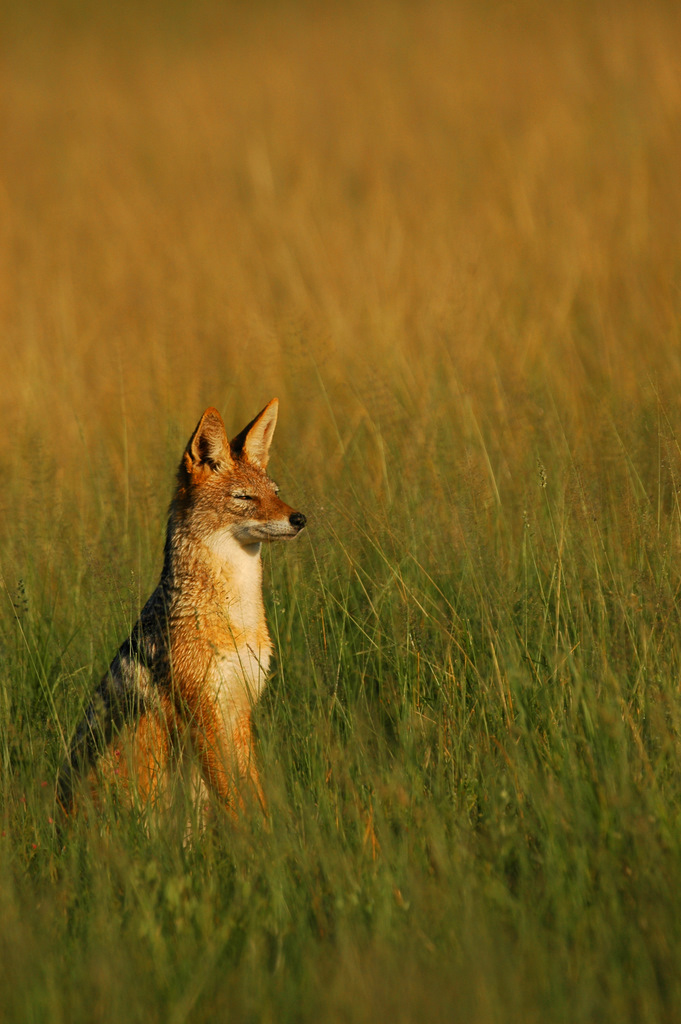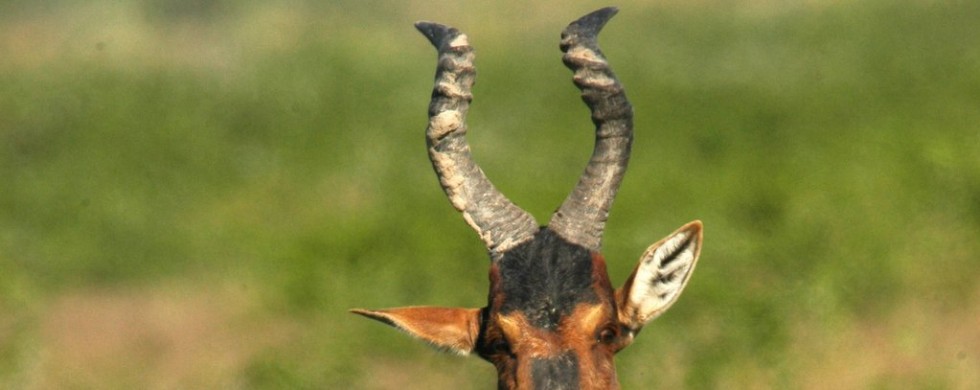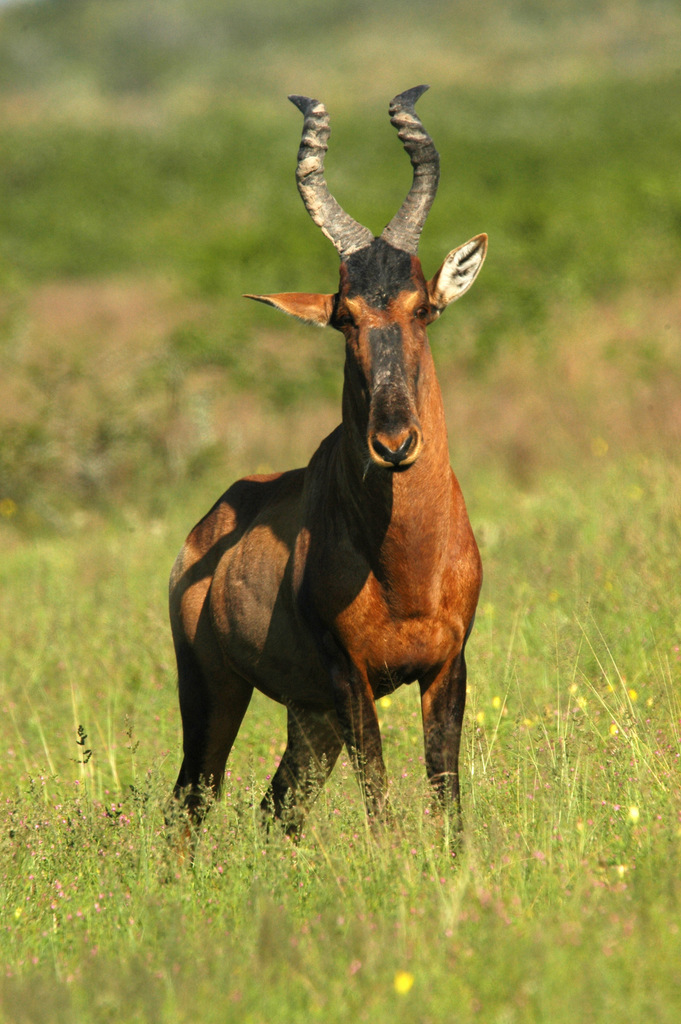15
Shot of the Month – February 2012
They say that a picture is worth a thousand words, implying that a photo can often much more richly convey the action, the emotion or the beauty of a scene than can a narrative. This month I fear that both images and prose alike will fail to capture the spell-bounding ten minutes we spent watching this green heron hunt for fish in a shallow puddle in Botswana. I realize that it sounds absurd, but this heron put on a show that was as captivating as any lion kill that I have seen.
How could this be so? It was like watching a Kung Fu master – the intensity of his gaze was mesmerizing. Stalking through the shallow water his body would go rigid, as he lowered into a tense crouch. As he stood there like a ninja warrior, the anticipation was nearly unbearable.
(Imagine the cat-like shrill noise that Bruce Lee would make…)
Wait for it…..
Strike a pose. Kapow! Another fish. Here we see only 2 of the 20.
We weren’t the only ones to take notice of this impressive display.
This Pied Kingfisher was watching the show from a nearby branch. He was so outraged that the heron was catching all “his” fish that here we see him leaping from the branch as he dive-bombed the green heron. The heron simply ducked (you would expect nothing less from a ninja heron) and he continued obliterating the fish population.
Yes, little fishies, the legends are true. Green Heron Ninjas are real. And should one, perchance, happen upon your little puddle, be afraid.
Be very, very afraid.
Until next month….

